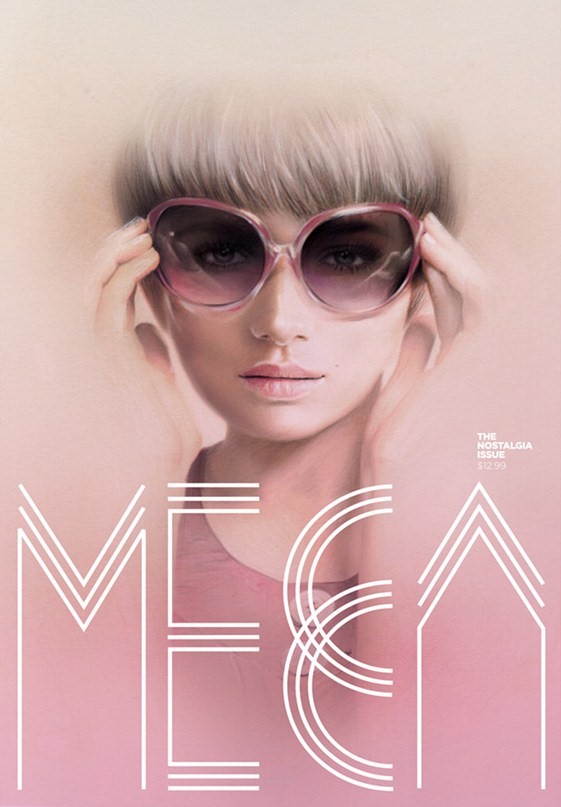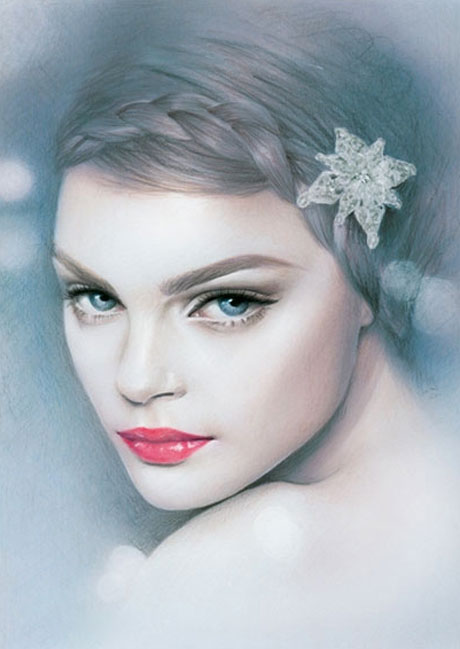All story development can be link to the pinnacle 3 act structure, Jean-Luc Godard (a film maker) famously said that: “Every movie needs a beginning, middle and end. But not necessarily in that order.” When looking move thoroughly there is an establishment, a crisis and a resolution, where characters start in equilibrium, something then stirs it/crisis and then all parts become out of balance, and then as to resolve a new equilibrium is formed. When looking into the structure of films there are many different genres to follow, a recent film that I watched and which I am going to base the 3 act structure around is ‘In Time’ directed and written by Andrew Niccol. In Time has the classic 3 act structure, the establishment of the setting, time and storyline are the first things to be laid out. It starts will Will Salas, the main character, explaining the world he lives in, where people are genetically engineered to live to 25 and then a year after that to gain more time, the currency is now time, and people have to work to live. We see that he is from ‘the ghetto’ aka. Dayton, which is a very poor, no time district. Will meets a man who has a century on his watch and saves him from thugs at a bar. When they run to an empty warehouse and fall asleep, this is when the first change happens, the 105 year old man, Henry Hamilton gives all his time to Will and commits suicide himself by ‘timing out’. It is then that Wills mother also ‘times out’ on her way back from working and dies in Wills arms. This is the crisis. It is then that Will decides he will travel to the top of the time districts to New Grenwich – where time equals immortality to the rich. Although the ‘time keepers’ are on to Will thinking he has murdered Henry and they catch up to him in the richest man in the worlds house Philippe Weis, where he captures his beautiful daughter Sylvia Weis and goes on the run. Between them and the running they become closer, and this is where the romantic encounter appears, causing Will and Sylvia to work together against her father, whilst running away from the time keepers and the thugs of Dayton to overcome the hardship and the stolen time, giving the poor a chance to live, this is where the resolution occurs. Will and Sylvia over power her father my stealing his 1 million time clock in his safe, therefore over turning the currency of time, giving people more time to live. So to end the film, the good has conquered the evil, partly, and it is left with Will and Sylvia about to steal more time.







Every aspect of a character is designed to communicate with the audience so as they fulfill their role and are appealing to the audience to watch. When looking at the third series of FRIENDS I looked into the second episode called: “The One Where No One is Ready”. Ross was the main character for this episode, so I decided to look into his character and how he is depicted and carries out his role. The episode is based around the fact that no one is ready for Ross’ museum benefit event where he will be making a speech. So it opens when Ross walks into Monica and Rachel’s flat, dressed in a tux, with slick gelled hair, shaven and neat, from this you can tell that they are suppose to be dressing for a smart event and that it is very important to Ross by the way he has presented himself. Ross walks in to find no one else is ready and is exact by the minute of how many minutes they have to get ready, he is also twitchy and nervous which Joey points out because he is doing a speech. Ross then has to reason between Joey and Chandlers argument over who should sit in the chair and starts to become nagging and angry. Rachel then comes out not dressed and Ross hurry’s her back into her bedroom because he needs her to be dressed. Phoebe arrives, the one person Ross is happy with because she Is dressed as “is his star”. Monica arrives home and listened to her answer machine messages and has a message from Richard, her ex, sending her into a fit of paranoia and longing, so she doesn’t get dressed, you can tell that now that Ross is getting anxious and egger for everyone to hurry up. Joey and Chandler are still arguing over the chair and flick humus at the dressed and ready Phoebe making Ross repetitive and apprehensive because now no one is ready. It starts to rain which makes Ross angry because it’ll be harder to get a cab. He then goes to pick an outfit out for Rachel because she STILL isn’t dressed and picks a Halloween costume, so she is still not dressed. Joey then walks in asking Chandler where his pants have gone and Ross has to intervene to get Joey to go back and get dressed, by this point Ross looks exasperated and slightly sweaty as if worried and stressed. He then checks the time as he has been counting down the minutes till they have to leave and his watch has stopped working, which then makes him even move agitated. Rachel then comes out comparing shoes and Ross shouts at her for taking to long and that she should wear anything. He then tries to get Monica off the phone but she pinches him, depicting that they have had this retaliation since childhood and that they are brother and sister, but gets her to go and get changed again. Rachel then comes out of her room, undressed, but now in pajamas because Ross humiliated her by shouting at her in front of everyone, Ross and Rachel have a conversation, Ross is trying to get her to understand that he still has to go, and tries to give her a kiss but she turns away. This body language shows that Ross and Rachel are together but she is unhappy about the way he treated her so is retaliating. Joey then appears with all of Chandlers clothes on as revenge and Ross is at breaking point and he tells them off, because all he wants is for Rachel to go, who he then apologizes to, to try and seek forgiveness and asks what he can do to prove it to her. Joey suggests drinking the cup of fat and Rachel agrees that that was a good idea. Ross goes to drink it, because he wants to prove to Rachel and she stops him and forgives him. Ross then goes back to commanding everybody to get ready and runs down stairs to get a taxi. Ross then comes back upstairs with 2 taxi’s waiting, now looking happier and relieved because everyone is ready and they’re going to leave on time and Rachel looks so amazing he now wants to be late, but she drags him out the door after all the fuss.
It is important in character building that the character’s movements and speech reflect their tone of voice and mood and what their personality is like as a character. For instance with Ross he is punctual, twitchy, intelligent, precise, caring, sensitive, brotherly annoying, cares about his appearance, loves his job and what he does, is always right and has his funny moments, which I think is in keeping within “The One Where No One is Ready”.





















